Table of Contents
- The Concept of Self-Directed Learning (SDL)
- Methods and Strategies for Self-Directed Learning
- Goal Setting and Planning
- Resource Utilization
- Effective Study Techniques
- Self-Assessment and Feedback
- The Role of Digital Tools in Self-Directed Learning
- Supporting Self-Directed Learners
- Role of Teachers and Tutors
- Parental Involvement
- Institutional Support
- Case Studies and Success Stories
- Challenges and Solutions in Implementing Self-Directed Learning
- Common Obstacles
- Strategies to Overcome Challenges
- Future of Self-Directed Learning
- Conclusion
Self-directed education, also known as student-directed learning, is the teaching strategy in which students take control of their education and learning journey. In it, the teacher acts as a facilitator while students learn and do things on their own by utilizing their skills.
This concept of education is present from classical antiquity. Various Greek philosophers such as Plato and Aristotle were self-directed learners. However, the scholarly efforts to understand this phenomenon started almost 800 years ago in America. In the 1840s era, different scholars wrote theses to applaud self-directed learners.
In the last four decades, it has become an interesting topic for researchers and scholars. They wrote various books and publications such as The Adult Learning Project book and Self-Directed Learning publications.
This publication and book told us that teachers and institutes played a significant role in developing self-directed learning in students. Different institutes and tutors in China, the USA, Germany, Russia, Sweden, Japan and Tanzania have started applying self-learning strategies in the classroom. Libraries and software designers also play a role in promoting resources and tools to help students.
How can they help students and what are strategies for self-directed learning? Read this article to know more.
The Concept of Self-Directed Learning (SDL)
Let's suppose a teacher gives an assignment to a student related to history. Now, self-directed students will divide that assignment into different phases and give themselves a deadline for each phase. They will use library resources and the internet to gather knowledge about history. They will use their previous knowledge, consult teachers whenever they are stuck, and use research skills and critical thinking to complete the assignment before the final deadline.
This example must have told you about the concept of self-directed learning. This phenomenon has four components.
Management and monitoring the goals and deadlines students give themselves to accomplish one goal. It also includes monitoring resources and hurdles one can face in completing a goal and managing the time.
Assessing the learning needs includes every kind of research and guidance one needs.
Collaboration with peers and teachers if required.
Self-evaluation includes seeking feedback and critically analyzing oneself.
According to the Association for Psychological Science, self-directed learning helps students in retaining information and enhancing their cognitive skills. It helps in encoding necessary information from different resources.
So, self-learning helps students develop critical skills and a love for life-long learning. It promotes time management and a sense of responsibility in students that can enhance their academic grades.
Methods and Strategies for Self-Directed Learning
How to become a self-learner? We are going to discuss various methods to answer your questions.
Goal Setting and Planning
When you get the assignment, the first thing is to set small and manageable goals for yourself to achieve the final result. Different studies have shown that students lose sight of the final goal if they don't have realistic targets for each step. For this, you should apply a SMART goal strategy. SMART means a small, measurable, attainable and realistic goal that has a specific deadline.
Moreover, you can use different AI planners and project management tools too for planning and managing your tasks and time.
Resource Utilization
For completing a project or doing self-learning, you should utilize different types of resources. It includes reading books, theses and publications in the library. Moreover, researching different articles on the internet and taking massive open online courses (MOOCs) is also beneficial.
Effective Study Techniques
You should apply effective study techniques to become a self-learner. For this, you can revise your content the same day you learn it. Different research has shown that knowledge is retained better when you use a copy and pencil for taking notes. So, you can do this thing.
You should keep yourself active while taking any online course or on-campus lecture so that teachers’ words remain in your mind. Have a dedicated space for study in your home and break down your study sessions into small sessions with short breaks in between. You can take a quiz of yourself regularly through different AI tools such as Quizlet.
Self-Assessment and Feedback
In this step, students and teachers both have a major role. A student should evaluate their progress while completing the assignment and seek peer reviews on their projects. They should also go to their instructors to seek their feedback.
Teachers should also keep an eye on their student’s progress and give them honest and critical feedback on each step. There are different AI tools such as ReviewStudio that both of them can use to seek and give feedback.
The Role of Digital Tools in Self-Directed Learning
Digital tools have become an essential part of the education and teaching field. Using these tools can help students, teachers and administrators to foster self-learning in individuals.
Students need the necessary resources and skills to succeed in learning. So, the Learning Management System (LMS) is crucial to help them. There are different AI tools too that help in managing tasks, setting goals and having a personalized learning approach that offers an adaptable framework for learning.
Moreover, different tools such as Quizlet help in interactive learning and seeking feedback. Students can use digital journals to take their notes and reflect on their progress. Moreover, they can use different digital tools that enable real-time interactions. These tools foster a sense of community and help in collaborating and getting peer feedback.
Supporting Self-Directed Learners
Educational stakeholders can take part in supporting self-directed learners.
Role of Teachers and Tutors
They should build a cooperative learning environment where they act as a facilitator and motivate students to work in groups. They should provide access to all important resources a student needs to do the learning.
Parental Involvement
Parents should help students develop self-discipline. They should help them in setting a structured routine and a study corner where they can work without any distractions.
Institutional Support
Rodney Skager, a UNESCO researcher, stated that a whole school change is crucial for developing self-directed learning in students. He pointed out that students should be taught about SDL and teachers should be trained to teach SDL strategies to students.
Case Studies and Success Stories
In Australia, a NAPLAN test is conducted every two years for 10-15 year old kids. The result shows that students who score poor marks have less self-directed learning and struggle with their homework and grades. The Australian Curriculum has a self-directed learning approach to teaching English that shows the importance of this strategy.
Khan Academy is another amazing example of self-directed learning. It is founded by Sal Khan who uses flipped classroom methods to teach students self-directed learning strategies. His online platform’s courses follow the SDL approach and millions of students around the globe benefit from it.
Moreover, many autodidacts such as Leonardo Da Vinci followed self-learning strategies to get successful in every aspect of life.
Challenges and Solutions in Implementing Self-Directed Learning
Common Obstacles
Self-directed learning is different from traditional learning so teachers and students can resist it. It needs resources but students can have difficulty in accessing them. Teachers can also face time constraints issues as they have to complete the syllabus within a specific time frame.
Strategies to Overcome Challenges
Teachers and students can motivate themselves through intrinsic motivation. The curiosity of exploring interesting facts and getting to know interesting knowledge can motivate them to try new things. Moreover, school administration can give workshops to motivate teachers and provide them with enough resources to give them to students.
Future of Self-Directed Learning
Self-directed learning is not widespread at this moment. It is slowly rising because it has to change the mindset of people and let stakeholders navigate educational resources. So, it is slowly and gradually becoming a norm.
Different courses and institutes have successfully implemented self-directed learning. Some examples of it are Bloom Academy and Forest School. They are becoming a role model for other institutes too as their whole teaching approach is self-learning. Moreover, different technologies such as YouTube, ChatGPT, Gemini and MOOCs are enabling stakeholders to access resources for free. So, SDL will soon become a part of every institute.
Conclusion
So, self-directed learning is a new approach that enables students to be successful in their educational and professional lives. It is challenging the traditional system so implementing it can be a bit challenging. But, you can learn more about it through different books and publications we mentioned in the introduction of this blog. This would help you to implement self-learning strategies in your educational field, and let you play a role in promoting this new educational approach.







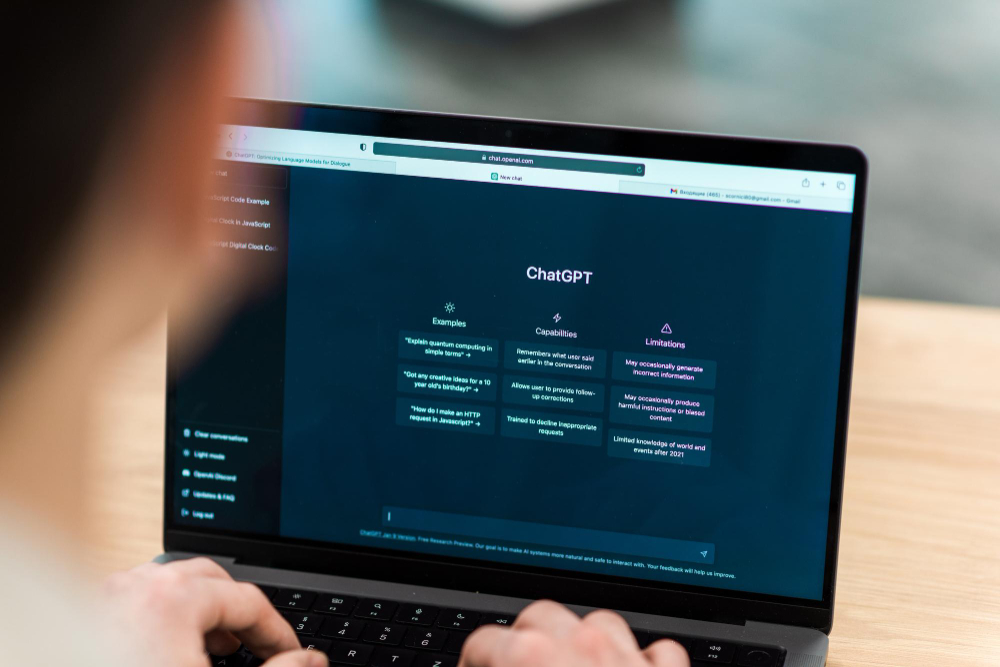






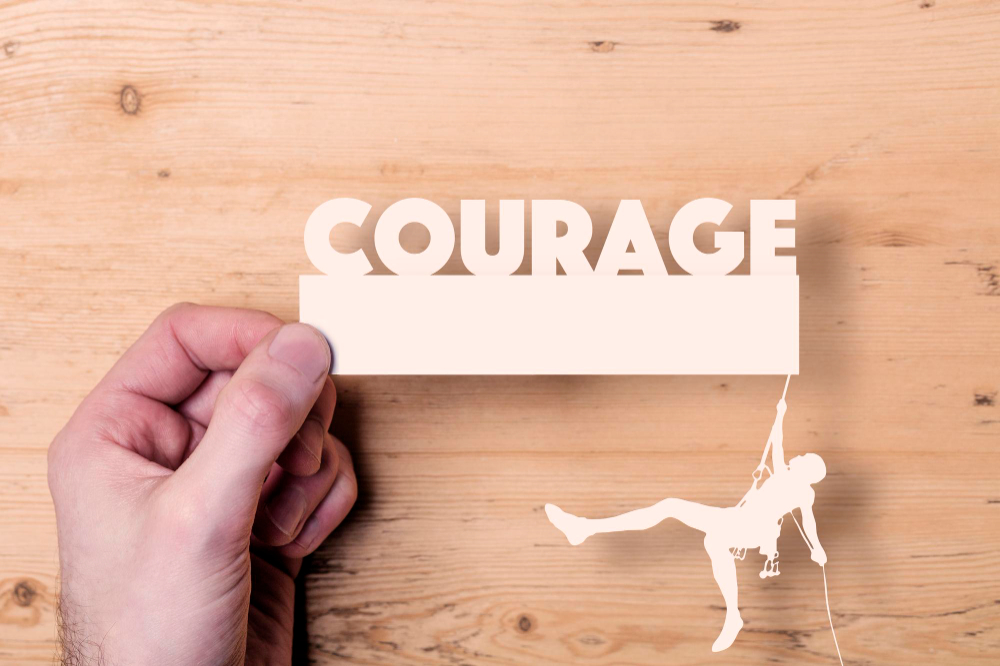


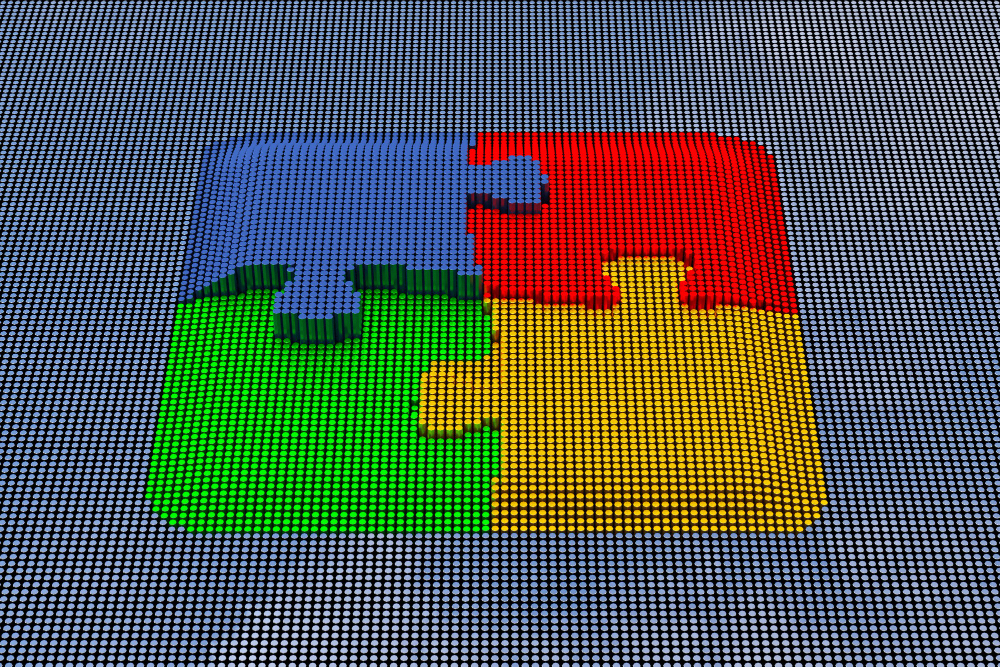


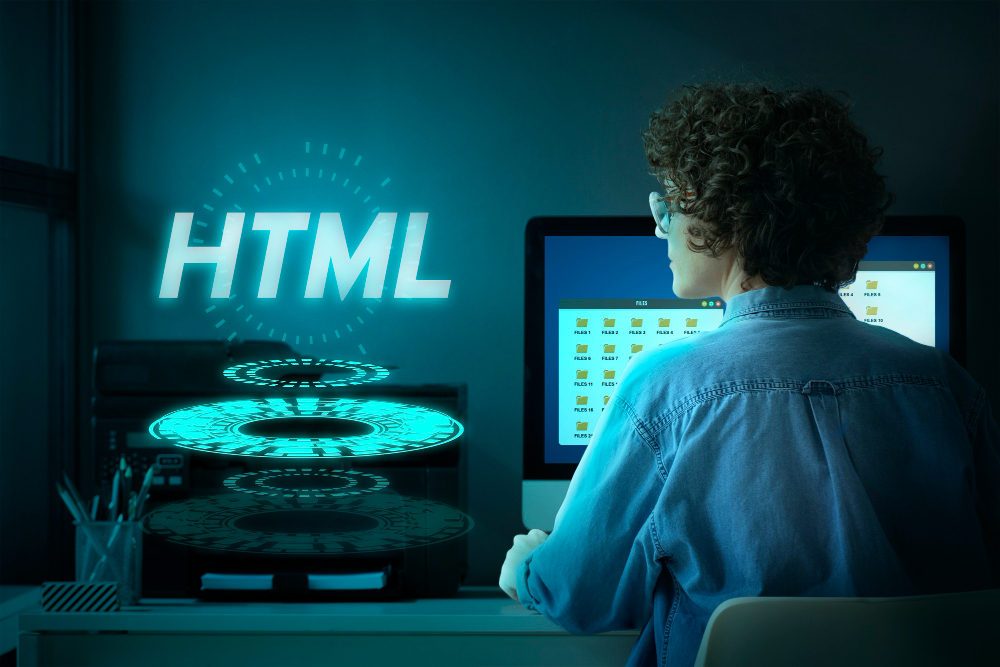


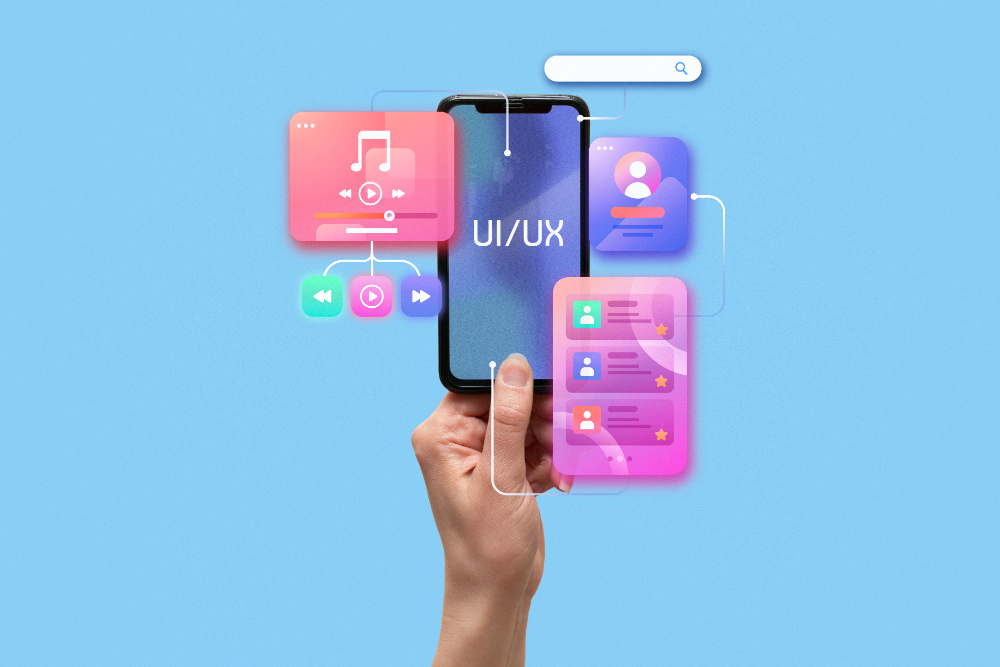
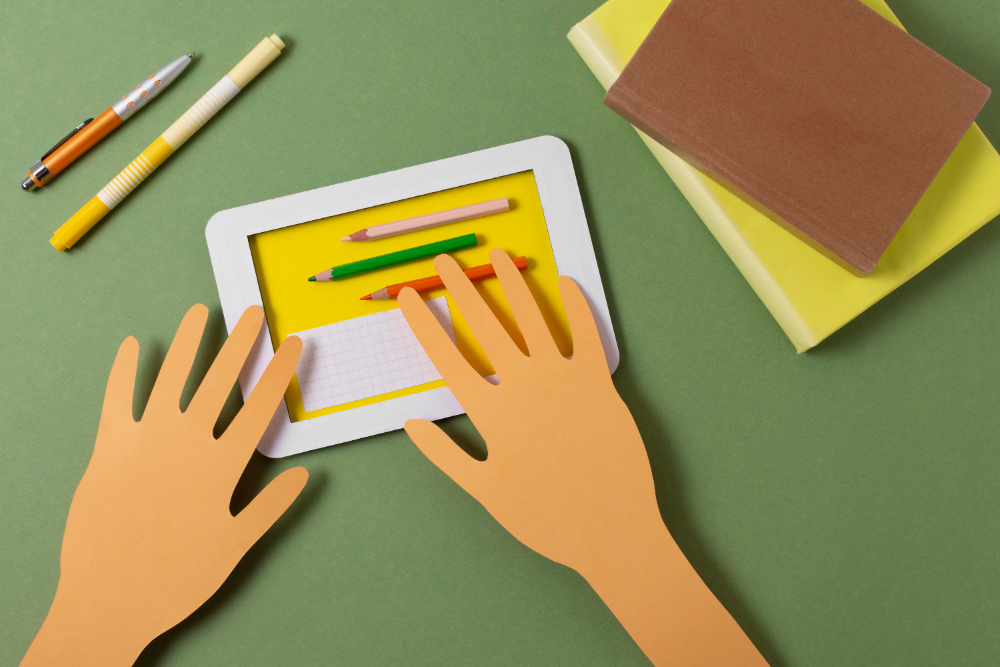
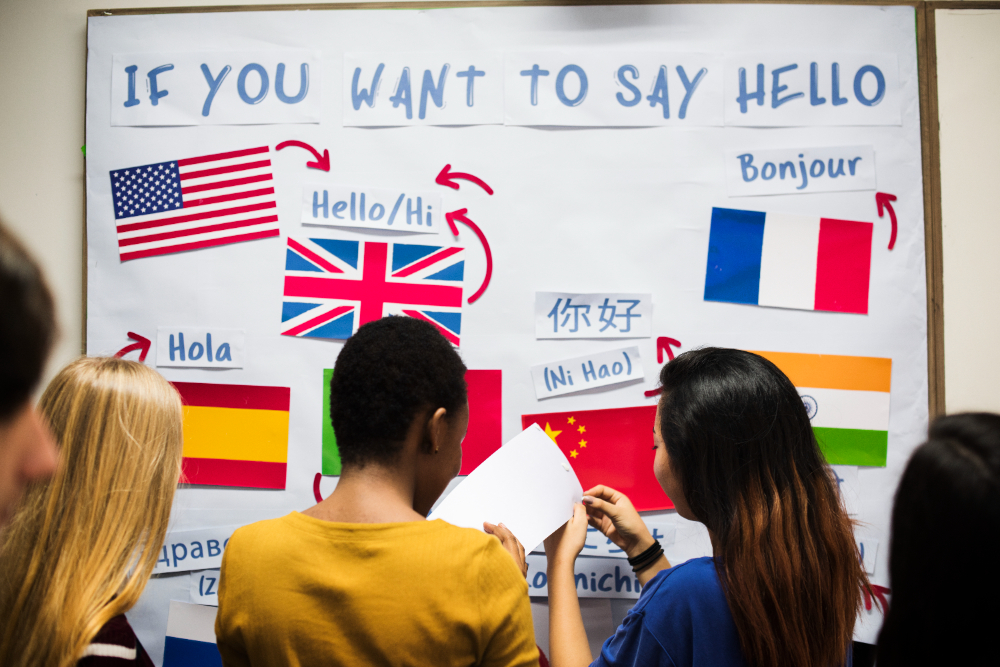

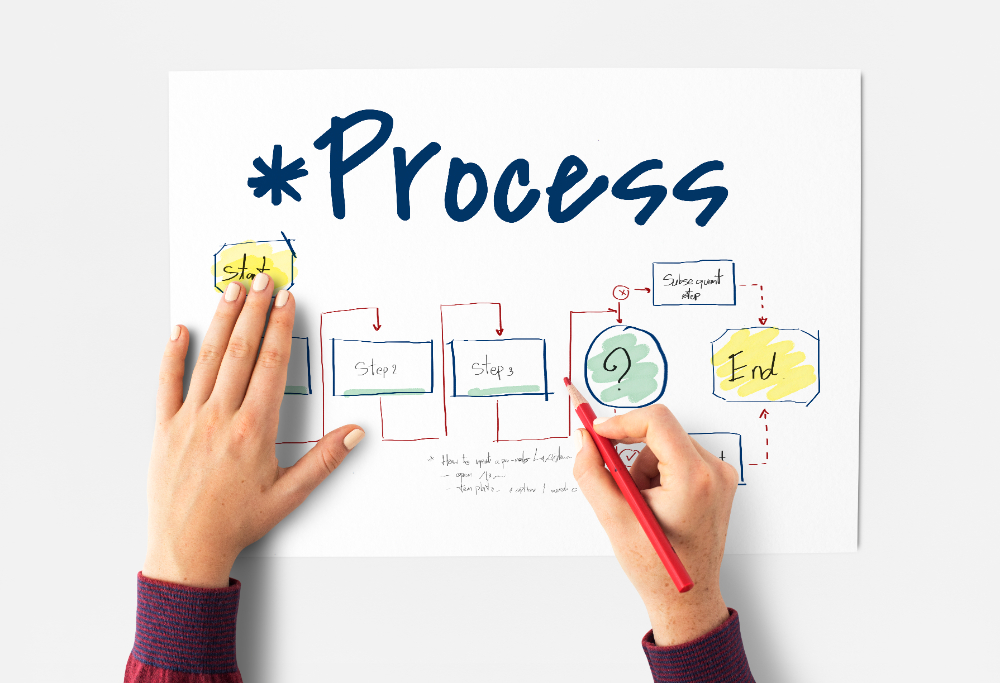


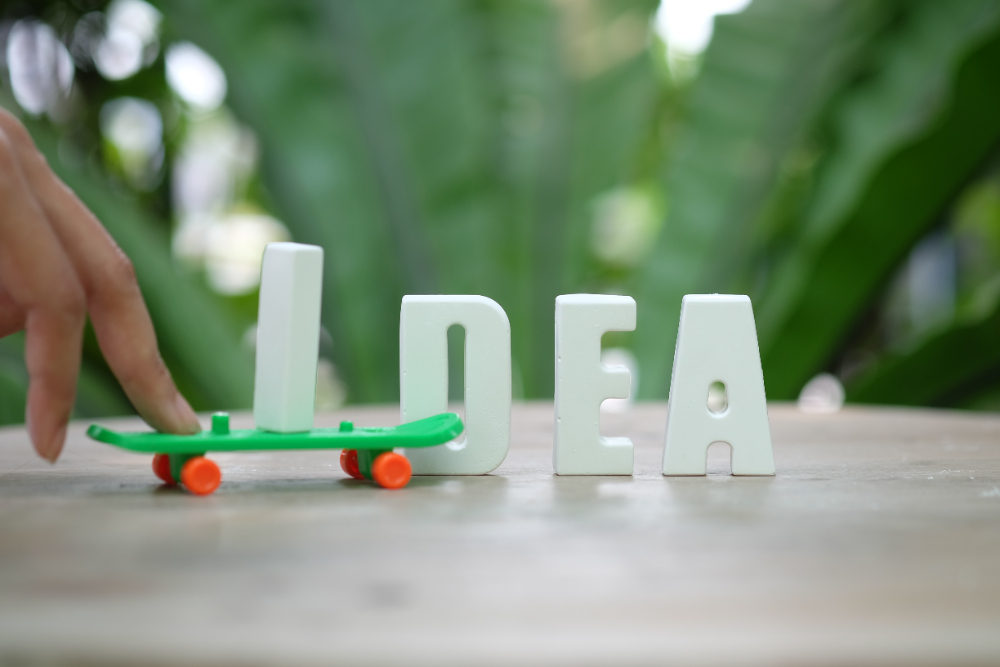
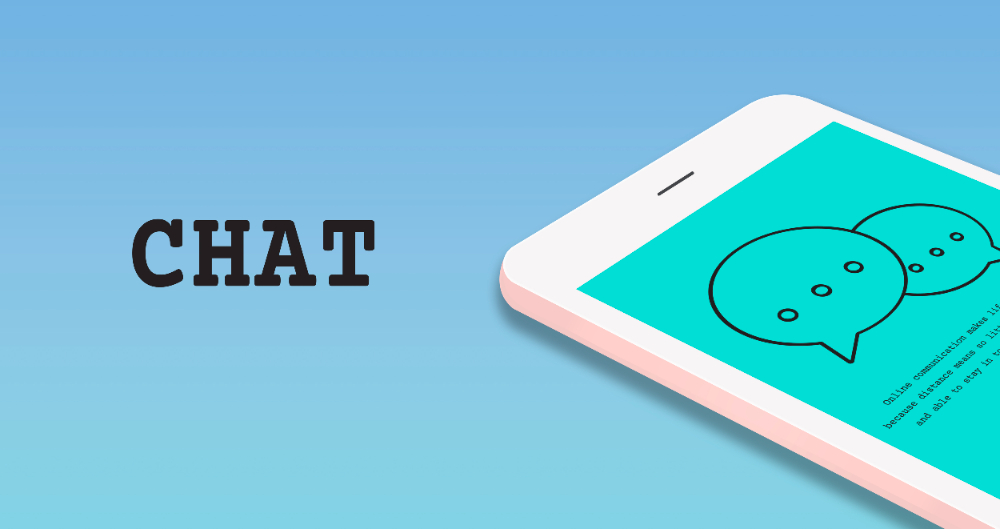
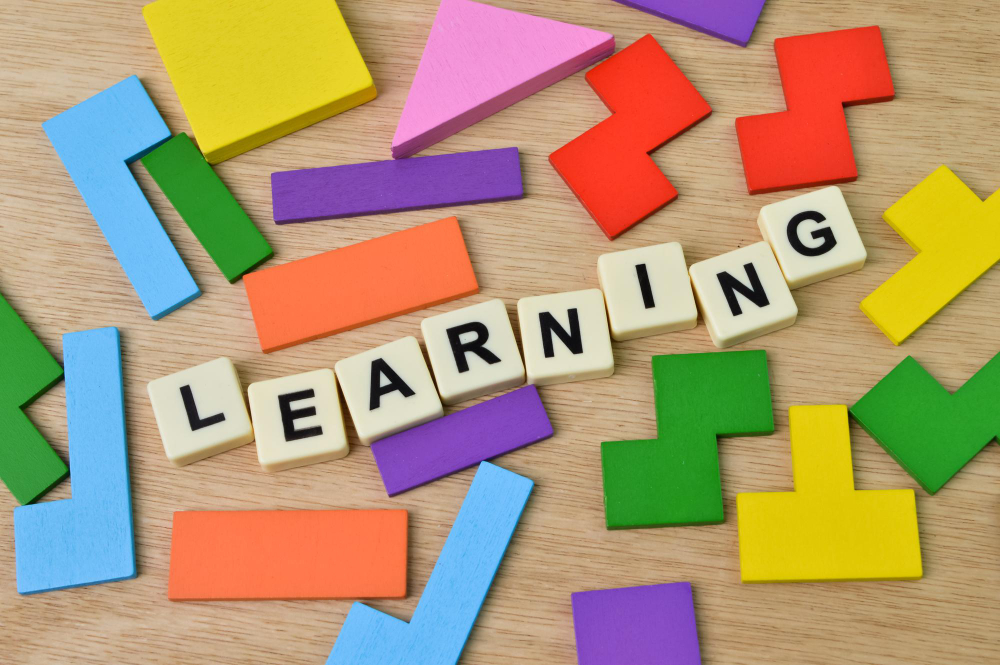
Comments are closed.